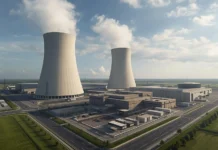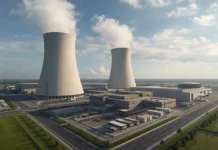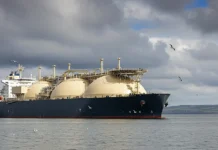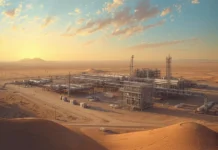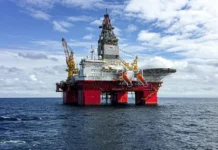“Strong energy prices in recent years have allowed companies to delay putting an emphasis on project management, as they focused instead on the urgent need of achieving greater throughput. But that was then and this is now,” said Dennis Cassidy, managing director at AlixPartners and co-head of the firm’s global Oil, Gas and Chemicals Practice. “In the current environment of falling prices, plus increasing geologic and technical challenges, a new focus on building a ‘cost culture’ into each and every project is mandatory.”
According to survey conducted by AlixPartners, with 250 industry executives, only 30% had explicit return-on-capital goals for projects before the crash in oil prices. Perhaps even more surprising is, just 12% believe their companies are any better than their competitors at project execution. Disturbingly, only 19% of North American firms could claim they finish projects on budget.
Overall, when asked to name ways in which they are most challenged in keeping projects on budget, the most common reason (by 39% of all respondents) was “company culture isn’t focused on project management.” Prior to the crash in prices, the most important focus for improving capital productivity was “improving throughput”. Only 30% of those surveyed formally identify and quantify project risks in advance of undertaking new projects.
According to the survey results, as projects grow more complex, many companies have attempted to boost returns, not by tightly controlling costs internally, but by looking outward, toward such things as developing partnerships. For instance, when asked to list the most important criteria used in selecting new capital projects, 60% in the survey cited “partner/syndicate relationships”.
Professor George Jergeas from the University of Calgary made a comment and shared his experience drawing attention to some big-picture priorities that are easily overlooked, and serve as a powerful reminder of why projects fail or succeed: Projects face three major kinds of risks – operational (internal and organizational factors), strategic (corporate objectives and goals), and contextual (market and societal forces). All three must be managed carefully, but it’s particularly important to budget and plan for contingencies against the operational risks.





















